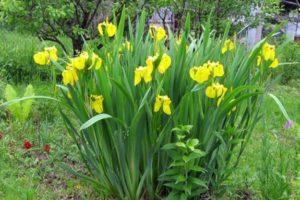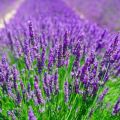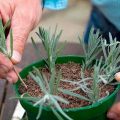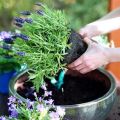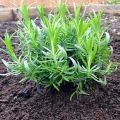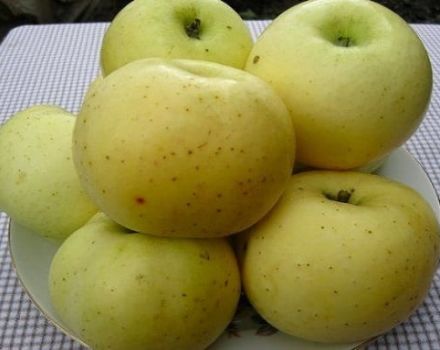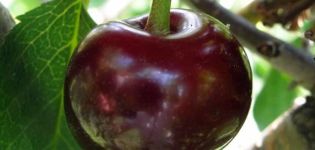Useful properties and contraindications of lavender for the body, application features
Lavender, the beneficial properties of which, as well as contraindications for use, were found in ancient Rome, are today used in various branches of medicine. The fact is that the plant has a useful chemical composition, thanks to which the therapeutic effect is achieved. Due to this, lavender-based funds are used in gynecology, as well as for infectious, colds, neurological, vascular pathologies.
The chemical composition of the plant
The main active ingredient that benefits the human body is linalool. Substance is included in leaves, stem, inflorescences. The content of linalool is about 60% of the total volume of essential oils. Due to it, the benefits of lavender are expressed in the ability to provide a sedative effect on the central nervous system, heart and blood vessels.
Another component of the plant is cineole. It is used in the preparation of many medicines for coughs, because the compound has an expectorant effect. In addition, cineole provides an antiseptic effect.
Due to the content of geraniol and borneol in lavender flowers, an aromatherapy effect is created. The content of coumarin in the plant, when using lavender-based products, inhibits the development of protozoa and insects. For this reason, infusions and decoctions are actively used in the treatment of pediculosis and helminthic invasions.
About 10-12% of the plant's composition is tannins. These help fight viral and bacterial processes in the upper respiratory tract. Infusions and decoctions are used to rinse the throat and mouth, which creates a protective membrane on the mucous membranes, stopping the progress of the inflammatory process.

Due to the resinous compounds, lavender-based products have a laxative and diuretic effect on the body. Such substances also have a preventive effect on putrefactive processes and enhance the effect of other drugs used in complex therapy.
Healing properties
Lavender, due to its rich composition, is used in various branches of medicine. This also includes cosmetology, perfumery, and other industrial areas.
The use of dry grass and remedies based on it was found in dermatology, since their use is justified for bruises, bruises, burns. The active ingredients help to reduce the severity of spasms, pain syndrome, and improve the functioning of the gastrointestinal tract.
The plant accelerates the excretion of bile fluid from the body, and due to the therapeutic effect of the oils contained in the composition, agents with lavender extract are used for inhalation for pneumonia and bronchitis.
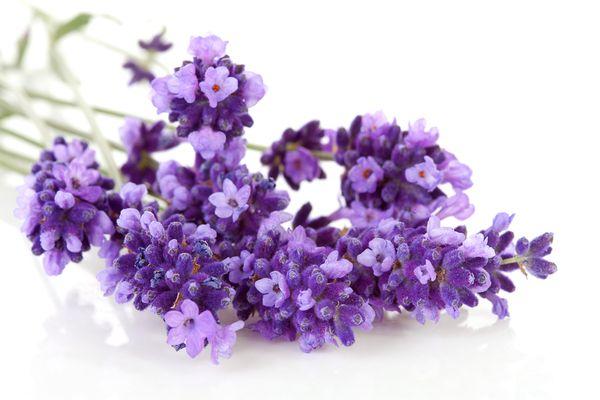
Since lavender has a calming effect, it is used to treat conditions such as neurasthenia, neurosis, melancholy, insomnia, which are caused by frequent stressful situations, overwork. In addition, the plant extract helps to improve overall mental and emotional well-being.
What ailments does it help
Lavender-based products help fight many pathological conditions in women and men. Lavender extract is also used in the treatment of children over 5 years old.
For gynecological problems
The use of lavender is justified for many gynecological diseases, as well as for the treatment of severe pain during menstruation. In this case, douching is carried out with the infusion of the plant, chamomile, acacia (white). Each ingredient is taken 1 tablespoon, mixed, poured with 1 liter of boiling water and insisted for half an hour.
A ready-made remedy is doused daily, before bedtime, for a week.
With stress and insomnia
Lavender oil has a calming effect, helps to improve the state of the nervous system, preventing emotional overstimulation. Moreover, the oil helps to relieve insomnia. For this purpose, 2-3 drops are applied to the aroma lamp.
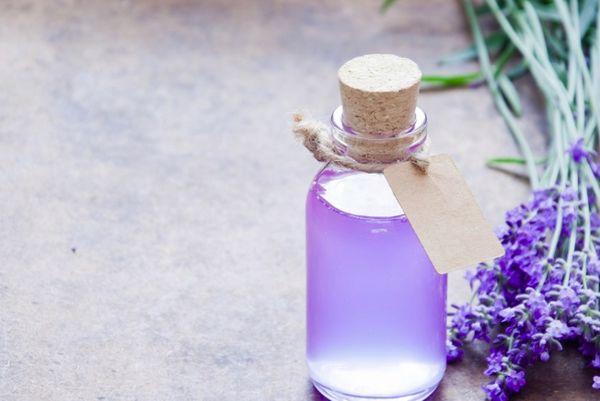
In the absence of such a lamp, 1 drop of oil is applied to the corners of the pillow. To achieve a therapeutic effect, it is important to take a natural product, without third-party ingredients.
Against infections
The medicinal plant can be used to prevent the addition of secondary infections in the wound of the skin (cut, scratch, burn, bite). In addition, funds based on it are also used with an already existing infectious disease - viral and bacterial.
The active components of the herbaceous plant accelerate the production of leukocyte cells in the body, while enhancing the protective response against pathogens. In this case, tea is prepared from lavender, which is drunk throughout the day.
With hypertension
To reduce pressure, they use not only lavender oil, but also marjoram, ylang-ylang oil. Hypertension is accompanied by shortness of breath and increased heart rate during attacks, and lavender oil can quickly cope with such symptoms. In addition to the internal intake of plant-based products, it is added to baths - in the form of a decoction or infusion, and is used during massage.
If hypertension has developed against the background of menopause, take inside a collection of lemon balm, hops, burdock, mint, sweet clover, oregano. To prepare the medicinal infusion, take 2 tablespoons of raw materials, pour 0.5 liters of boiling water, insist for 8 hours. Take the finished product 50 milliliters, 3 times a day.

For colds and coughs
Lavender extract helps to reduce the intensity of the inflammatory process and the risk of complications, has anti-inflammatory and antibacterial effects. Funds based on it enhance the protective function of the body, thereby accelerating recovery.
For medicinal purposes, for colds and coughs, infusions and decoctions are used for oral administration (1 tablespoon of raw materials per 200 milliliters of water), as well as for steam inhalations.
To increase appetite
If interest in food has decreased, as well as if anorexia develops, aromatherapy will come to the rescue, but only in complex application with other therapeutic methods. Using lavender oil alone will not be effective in this situation. In any case, it is required to find out the source of the decrease in appetite and eliminate it.
If these are psychological reasons, it is recommended to consult a psychotherapist or psychologist.During the main treatment, you can take a relaxing bath with lavender oil or massage with it.
Lavender application
Not only decoctions and infusions for oral administration are prepared from the plant, but also means for adding to therapeutic and recreational baths.

Lavender baths
To add to the baths, you need to take 60 grams of plant flowers, pour 5 liters of hot water, insist for an hour. After cooling, the infusion is filtered and poured into the bath. The time for water procedures is 20-30 minutes. Lavender bath has a calming effect, helps to relieve stress, especially in people who experience constant irritation.
For general relaxation, you can prepare the following infusion:
- Take 3 tablespoons of salt (it is better to take sea salt), baking soda in the same amount and essential lavender oil in a volume of 10 drops.
- Mix the ingredients and add to the water.
Sacks of grass tied up in the bath (eg on the faucet, heated towel rail) have a relaxing effect. Lavender, chamomile, rose petals are placed in the bag.
Oil
The essential oil is derived from lavender flowers. The product has antiseptic, bactericidal, antidepressant, analgesic effects. Systematic inhalation of the scent of lavender oil helps to eliminate emotional disorders and restore the normal functioning of the nervous system.
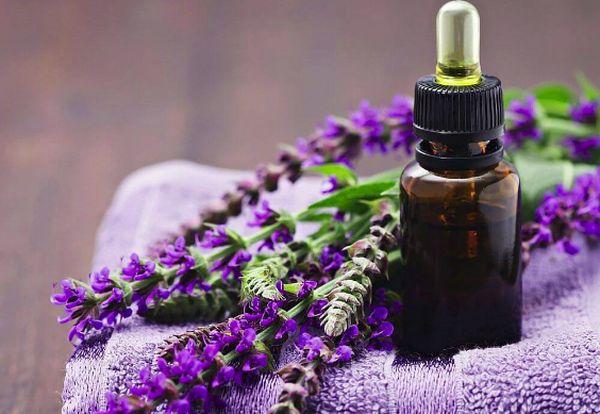
Oil is also used in the following cases:
- for hot and cold inhalation;
- for adding to baths;
- during massage;
- for applying warm compresses to the painful area;
- for adding to creams, tonics, shampoos, rinses;
- for internal use with other components.
In addition, the oil from the plant normalizes the heart rhythm, is effective in diseases such as tachycardia and arrhythmia, hypertension. Cosmetologists often use a remedy - to eliminate inflammatory processes on the skin, redness and peeling.
Tea
The classic preparation of tea looks like this: take a few tablespoons of a dried plant (preferably flowers), pour 250 milliliters of water, put on fire and simmer for 10 minutes after boiling. After cooling, the product is taken orally instead of regular tea.
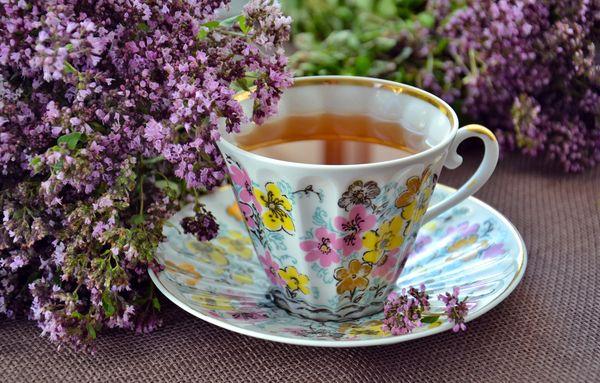
If local use of tea is required, it is made concentrated by taking 5 tablespoons of raw materials per 250 milliliters of water. The tool is used to apply disinfectant compresses to wounds and sores.
Infusion
The preparation of the infusion is practically no different from the decoction. The only thing is that it is not boiled, but insisted under the lid for half an hour. Take 1-2 tablespoons of raw materials, pour 250 milliliters of hot water.
Syrup
Lavender syrup is used in cooking, adding to creams, baked goods, drinks. At home, the product can be added to ice cream, pancakes.
Prepare the syrup as follows:
- Take sugar (2 cups), water (2 cups), 3 tablespoons of plant flowers, 2-3 drops of purple food coloring.
- Add sugar to the water, put on fire until the latter dissolves (stirring);
- Pour the flowers into the water and add the dye, stand for 1-2 minutes.
- Turn off the heat, let the product brew.
The finished product is filtered and poured into a plastic or glass jar for storage.
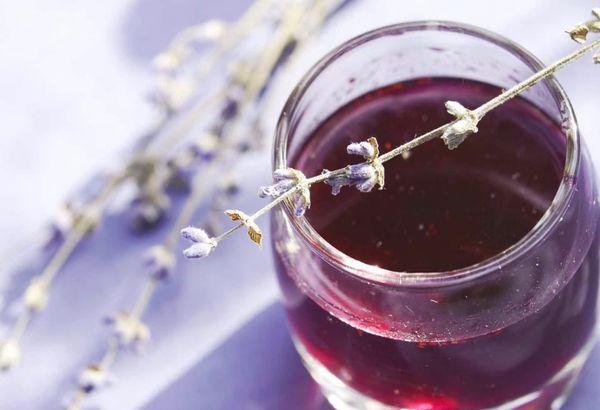
Contraindications and possible harm
In most cases, lavender has a healing effect, but there are cases of harm to health. When using compresses, ointments, and other local remedies, swelling and hyperemia on the skin may occur. This reaction is caused by the body's hypersensitivity to the constituent components.
Contraindications for the use of lavender-based products include:
- hypersensitivity to components;
- periods of pregnancy and lactation;
- the first 2 weeks after an abortion or other surgical intervention in gynecological organs;
- increased acidity of gastric juice;
- pathology of the biliary tract;
- age up to 5 years;
- hypotension.
If the permissible dosage of a plant-based agent taken orally is exceeded, a disorder of the digestive function, the nervous system (increased irritability or, conversely, a depression) can be observed.
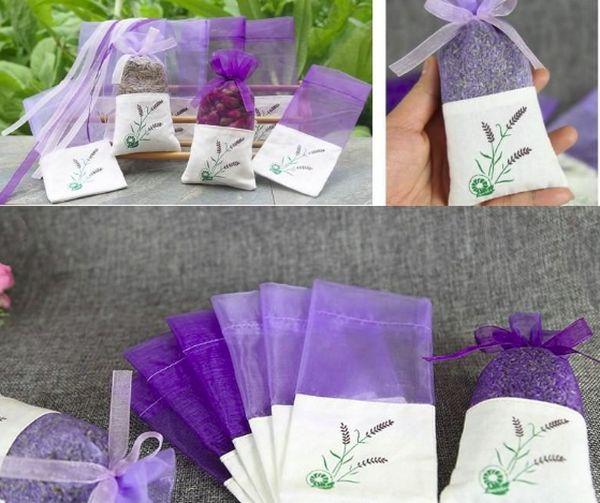
Procurement and storage
The plant blooms in July-August. At this time, the collection of inflorescences for the winter begins. The latter are torn off together with the branches, forming into bundles, which must be tied with a thread and hung to dry. After preparing the raw materials, the flowers are separated from the branches, after which they are used for their intended purpose.
The storage of the harvested plant must be carried out in a room where open sunlight does not penetrate, and which is well ventilated.
In any case, before using plant-based products, you should consult with a specialist. Although this is a natural raw material, it still has some contraindications for use.
